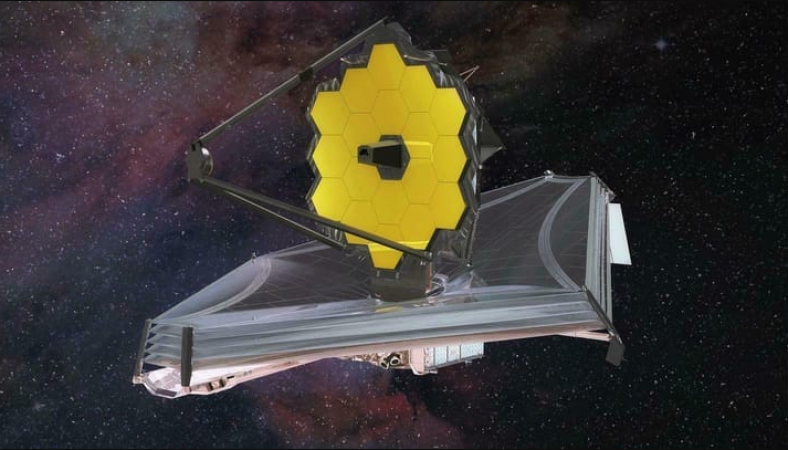
USA: The largest space telescope ever built is the James Webb Space Telescope (JWST).
The most expensive and complex mission to date is NASA's $10 billion observatory, which cost more than $30 billion to build.
Here, we examine some of the revolutionary findings that scientists will make in 2022 as a result of the Super Telescope.
The furthest we've seen so far is revealed in Webb's first image.
The first image from the JWST, called Webb's First Deep Field, showed the most distant galaxy cluster we've ever seen in the universe, SMACS 0723, located 13 billion light-years away.
One of the studies using the image showed that very distant galaxies had disc-shaped shapes, and hypothesized that there could be up to 10 times the number of disc-shaped galaxies.
Also Read: Twitter launches 'Blue for Business' service, new way for biz
The telescope showed the Pillars of Creation in detail previously unnoticed.
The Eagle Nebula, located 6,500 light-years from Earth in the Serpens constellation, contains the Pillars of Creation, which were beautifully detailed by the observatory.
The telescope revealed details, including star-forming regions, previously hidden by interstellar dust due to its infrared capability and remarkable sensitivity.
Several additional new stars were discovered in this region in the most recent composite image.
More details about the Cartwheel Galaxy were revealed by Webb.
A stunning photo captured by Webb has revealed more details about star formation and the Cartwheel Galaxy's central black hole.
The image also revealed details about the ring galaxy's evolution over billions of years. It is located 500 million light-years away in the constellation of the Sculptor.
The peculiar shape of the Milky Way is the result of a galactic collision 400 million years ago.
Prior to the JWST's first image of an exoplanet, HIP 65426 b, a young giant with a mass seven times that of Jupiter, no exoplanets had been observed at infrared wavelengths. Additionally, it was the first time an exoplanet had been imaged in infrared light.
Because of the brightness of their parent star, most exoplanets are challenging to photograph, but Webb was able to do so by using an optical mask to block out the glare of the host star.
Also Read: Technology gives an immersive experience of Gaming
According to Webb, the early galaxies formed soon after the Big Bang.
Recently, two of the oldest galaxies that formed shortly after the Big Bang, 13.8 billion years ago, were discovered by an orbiting space telescope.
The more distant of the two galaxies is GN-z11, which emerged 350 million years after the Big Bang.
It is estimated that the second galaxy formed 450 million years ago.
Newborn stars were found that had never been seen before.
The Tarantula Nebula, which contains some of the brightest and most massive stars ever detected, was observed by Webb using its onboard infrared instruments.
Also Read: Building largest CDP, Airtel acquires a strategic stake in Lemnisk
The image shows thousands of young stars that were hidden by layers of cosmic dust and could not be seen before the use of the Hubble telescope.
The nebula is located 161,000 light-years away, in the Large Magellanic Cloud galaxy.